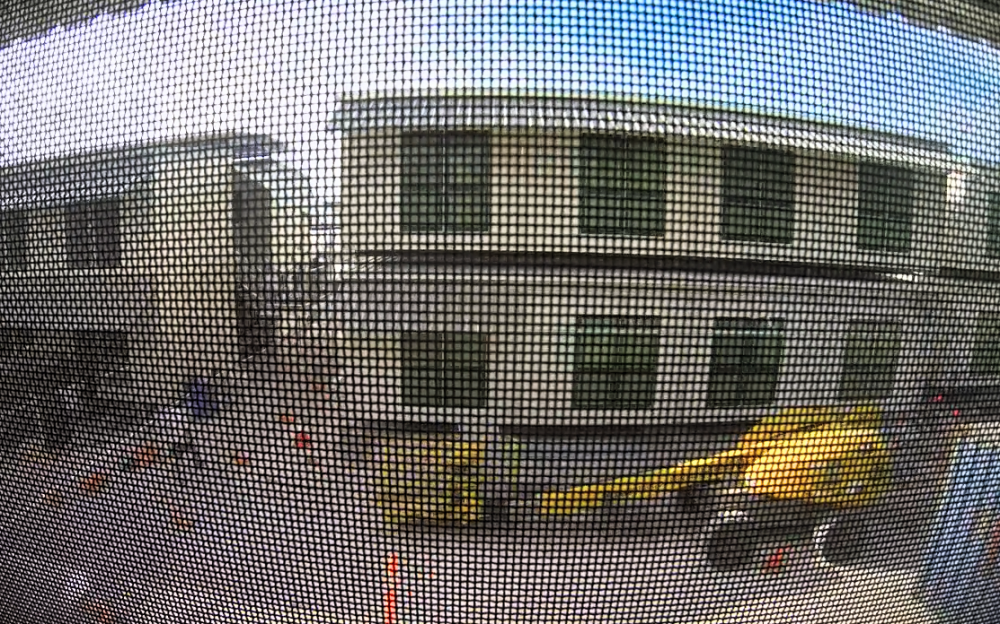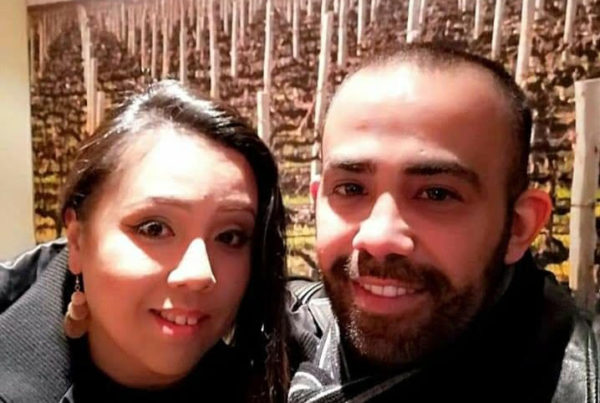If you want to stop thousands of asylum seekers from dying at sea as they make their way to Australia, then you have to stop the boats. At its most basic level, this makes sense. And as someone who was on Christmas Island, working for the Immigration Department, at the time of the December 2010 boat disaster, I know only too well how dangerous boats can be.
The most effective way to stop boats is, of course, to create a deterrent to actively discourage people from getting onboard in the first place. We know this works, because it’s exactly the approach we have seen implemented in the last two and a half years.
For many of us, while we begrudgingly admit these truths, we remain frustrated that successive governments seem to have little regard for the millions of newly displaced people who now have one less safe haven to run towards. While the government has ‘stopped the boats’, they haven’t stopped the source of the problem. Instead, they’ve simply created a harsh, albeit effective policy that leaves these vulnerable human beings prone to further abuse and risk.
If I’m brutally honest, I didn’t resign from the Immigration Department because of a deep-seated concern for the fate of asylum seekers who might have been heading towards Australia and who are now left in limbo by the policy brick wall erected by Labor and re-enforced by the Coalition. It was actually the other half of the ‘deterrence’ equation – the part that involved those who had already arrived – that caused me to leave.
I joined the Immigration Department in 2008 in a skilled migration policy role – helping to construct visa programs that would help Australia fill its skills shortages using highly skilled migrants. Frankly, I had no interest in issues of migration (let alone displacement) at the time and I only took the position because it was the first job I got offered in the public service.
That first year taught me a lot about the way Australia thinks about immigration. At its most basic, it is about ‘nation building’: we decide what we want to be like as a country, then we use immigration to get us there. If we want a White Australia, we have a White Australia immigration policy. If we want a multicultural Australia, we have a diversity program. If we think of ourselves as compassionate people, we ensure there is a refugee and humanitarian program. If we want a big Australia, we get there through migration.
Of course, that notion of immigration as a function of national identity is heavily reliant on a somewhat unique feature of Australia’s immigration system: we maintain 100% control of our borders.
Australia is one of a small handful of counties that know exactly who is here at any given time. We know, for example, that there are around 63,000 visa over-stayers. We know they arrived (from airport data). We know when they were supposed to leave (from our visa system). And we know they are still here (from departures data).
Built into our psyche as a country is the idea that we control our own border. More pertinently, we believe that this control is crucial to achieving our ideals as a country. Never mind that there are many successful and economically stable countries that have porous borders – we somehow believe that having complete control is the only way. That’s why statements like ‘we will decide who comes here and the circumstances in which they come’ resonate with so many Australians.
This also explains why Australians fear the boats – it’s not so much racism, as the lack of control they represent.
The Labor government, when it came to power in 2007, was riding a wave of public optimism about what sort of country Australia could be. Kevin Rudd articulated a vision for a compassionate nation – promising to unpick every aspect of the inhumane and cruel ‘Pacific Solution’ implemented by the Howard Government. Within 18 months, Rudd had done just that.
And the boats started to come.
As Australia watched on in horror, Labor failed to explain why their grand vision for a better Australia wasn’t working out quite as planned. The government maintained the position that the increasing rate of boat arrivals to Christmas Island could be explained entirely by ‘push factors’ and that its policies had nothing to do with the sudden and drastic rise in the rate of arrivals.
Of course, this argument suited the government. If true, it explained the problems of over-crowding in detention centres and the deaths at sea as horrible symptoms of global displacement. The average voter, however, didn’t buy it. They could see that Labor had failed to replace the Pacific Solution with a framework that gave asylum seekers a meaningful alternative to getting on a boat.
Faced with growing public frustration, the government began shifting its focus from the humane approach promised at the election, to more heavy-handed, ‘deterrence’ policies.
The problem was, while all of that made sense to the average Australian voter, the practical application wasn’t so straight forward. As the shift towards deterrence took place, more and more employees of the Immigration Department – myself included – found the requirements of our jobs more and more difficult.
During the early part of my time as a Director of Immigration Detention Centres (IDCs) – before this policy shift took place – the main challenges were about managing the logistics of over-crowding while attempting to provide for the best interests of those in ‘administrative detention’. In practice, this meant deciding when to convert classrooms – where English language was taught to detainees – into dormitory-style accommodation. As the policy became more explicitly about deterrence the practical challenges got harder.
In August 2012, shortly after the government adopted 22 recommendations made by a panel of ‘experts’ convened by the Prime Minister, I was appointed as Director of Offshore Processing and Transfers. The role involved implementing the recommendation to set up detention centres on Manus and Nauru by working with other parts of the department (including the teams that contracted the likes of The Salvation Army, Transfield Services and the security firm G4S).
Offshore processing was a key part of this ‘new world of deterrence’, but it wasn’t the only part. Following the Expert Panel report, public servants like myself grappled with the question of what would be required to construct an effective deterrent when the places that the asylum seekers were running from were so decidedly bad.
While we in the department never did come up with a clear statement of what a ‘deterrence policy’ meant for the management of a detention centre, a number of things were done to send a clear message to those considering coming to our country. These included:
Selecting people for transfer to Manus (once it reopened in November 2012) or Nauru purely for the purpose of sending the message that no-one is exempt from such transfer – which in practice meant deliberately choosing people (including children) to make an example of them;
Carefully controlling information flows – by removing information about a person’s legal options and replacing it with information about how that person could return home to the country from which they had fled;
Removing people’s ability to make decisions for themselves – by controlling access to education and recreation, defining the times a person could eat, sleep, exercise etc. and making it impossible for a parent to make decisions about their children’s future;
Routinely using a person’s file number (boat ID) instead of their name – if you walk into any detention centre today and ask a detainee what their name is, they will invariably give you a number; and
Telling people in detention that they will likely be there for a long time (upwards of 5 years) and that they will never be settled in Australia.
The combined effect of all of those things is the deliberate and intentional removal of hope. Take away a person’s hope and they no longer have the will to live.
In a legal system like Australia’s – despite what some refugee advocates would have you think – there is no intention or ability for a government to deliberately kill people because of how they arrived. As many asylum seekers flee countries, which are so dangerous that death is a very real and present fear, the only other way to create a meaningful deterrent in practice, is to actively remove a person’s sense of hope. The intention is that these hopeless, broken people will then send a message back to any family members or friends who might be in transit towards Australia that it isn’t worth coming.
In April of 2013, having witnessed this drastic and devastating policy shift first-hand and having been personally involved in setting up the most horrific parts of the ‘deterrence’ strategy, I decided that I could no longer be part of such a system.
At the beginning of my time at the Immigration Department I could see how my work would contribute to Australia becoming a nation I could be proud of, but by the end I was ashamed of the country we had become.
This article was originally published on Asylum Insight.
Greg Lake is a public speaker, author, consultant and public policy commentator. He worked for the Department of Immigration, managing Immigration Detention Centres (IDCs), including Nauru, Christmas Island, Curtin (WA) and Scherger (Far North Queensland). He has also worked in policy advisory and research roles for the Australian Government.



